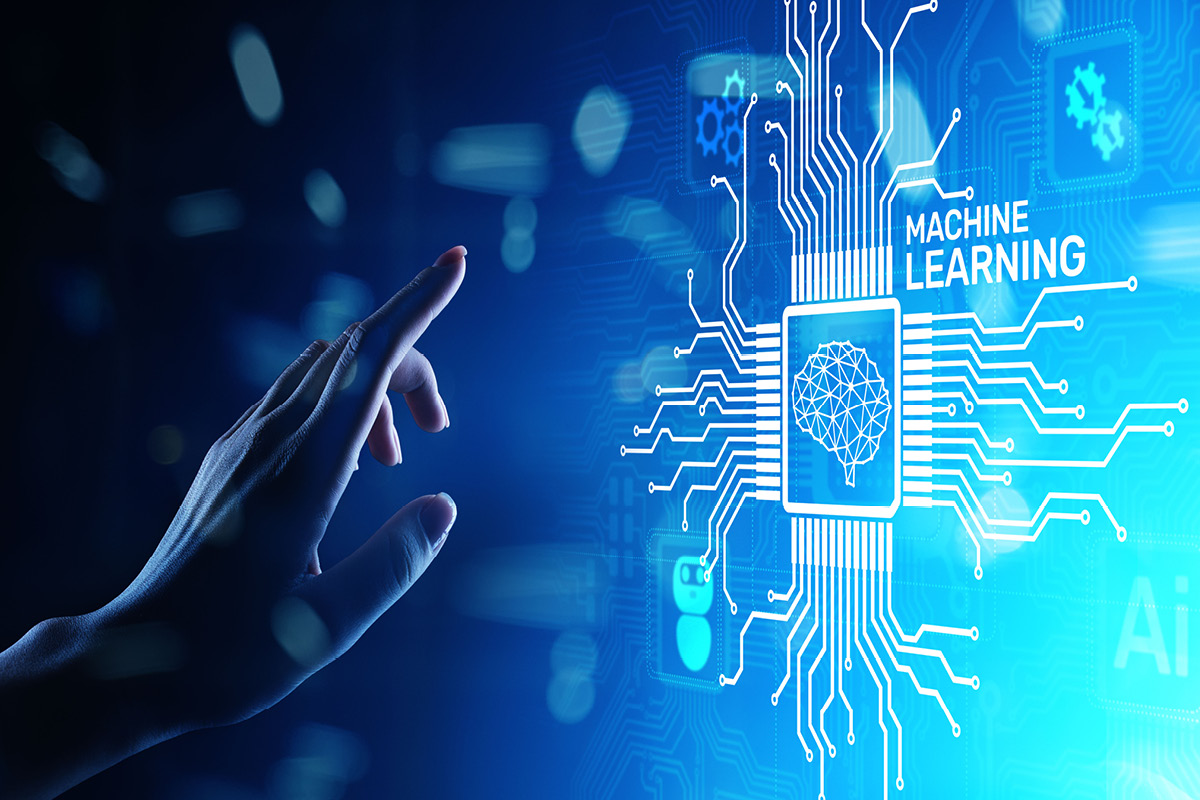What is Machine Learning?
—

HexTransforma Healthcare’s Head of Data Science – Stuart Hewitson – sheds light on what machine learning is, and makes it more digestible for readers. Read below for an introductory post about what machine learning is.
The objects that we use in our daily lives are getting more ‘intelligent’ every day and will continue to do so as we demand more from the companies that make them as there is a need for disruptive technology. Smart speakers are becoming widespread and can take part in conversations1. Your fridge can automatically restock itself2, and very soon you will be able to go shopping without money or cards as the shop recognises you3. Your vacuum cleaner and mop will then work together to clean your floors whilst you are out4. These are just some examples of the AI technologies and disruptive innovation that are coming out.
When speaking about these abilities, the terms ‘AI’ and ‘Machine Learning’ are often used interchangeably. AI itself can stand for either ‘Artificial’ or ‘Augmented’ intelligence – but more on that in a later post.
So, what is machine learning?
Simply put, machine learning is how a computer can ‘learn’ to recognise patterns. There are three main learning types available: supervised, unsupervised, and reinforcement.
Supervised machine learning
This is the machine learning that impacts our lives most and which we come across daily. The computer ‘learns’ patterns in the data based on examples that it has been given. This is very much akin to how we learned new things at school, except the computer can find patterns hidden in the data that may not be obvious, even to experts.
Supervised machine learning techniques can be used to help identify fraud, detect cancer, and for computer vision. We use products and services on a daily basis that are the result of, or contain, models created by supervised machine learning.
Unsupervised machine learning
Often, this is where the machine is looking for similar items. There are no ‘labels’ to tell the machine what is right or wrong; it is just looking for similarities in the data. This is difficult for humans as the computer can find similarities that would not be obvious due to the volume of data and the number of variables that are involved.
Reinforcement learning
Here, the computer learns for itself using trial and error. Reinforcement learning has enabled computers to learn how to play video games, and robots how to best move in hazardous environments. By testing millions of possible scenarios and learning from experience, the computer can generate rules that it can then apply to situations that it has not seen before.
Machine learning for healthcare
Machine learning offers the opportunity to enhance the healthcare landscape by providing assistive tools to clinicians and helping patients to lead more fulfilling lives. Throughout the Covid-19 pandemic, machine learning has been used as a tool to help with everything from identifying Covid-19 in X-rays through to predicting severity and even identifying possible vaccines.
DeepMind recently solved a 50-year-old challenge in biology related to the 3D structure of protein shapes. As the protein’s shape is linked with its function, the breakthrough will enable scientists to have a greater understanding of that individual proteins do and how they work.
Covid-19 has driven innovation in machine learning for healthcare faster and further than before. A global community of amateur and professional data scientists has come together to address many of the challenges that rapid response to a pandemic brings. Whether in the analysis of the large volumes or research that have been published or in trying to detect or predict Covid-19 outbreaks, machine learning and AI projects have played a key part in the work that has taken place.
Machine learning at HexTransforma Healthcare
The mission of the Data Science team at HexTransforma Healthcare is to apply machine learning, and other data science techniques, to healthcare for Musculoskeletal disorders. Our goal is to identify the most appropriate techniques and algorithms and apply these to the challenges that are faced.
For us AI is not ‘Artificial’ Intelligence; it is ‘Augmented’ Intelligence. Our solutions provide clinicians with more information and insights than they have had before and clear explainable recommendations based on the machine learning techniques described above.
References
1. The future of voice assistants is multiturn conversations – TechTarget
2. Your refrigerator will soon be able to re-stock itself – MarketWatch
